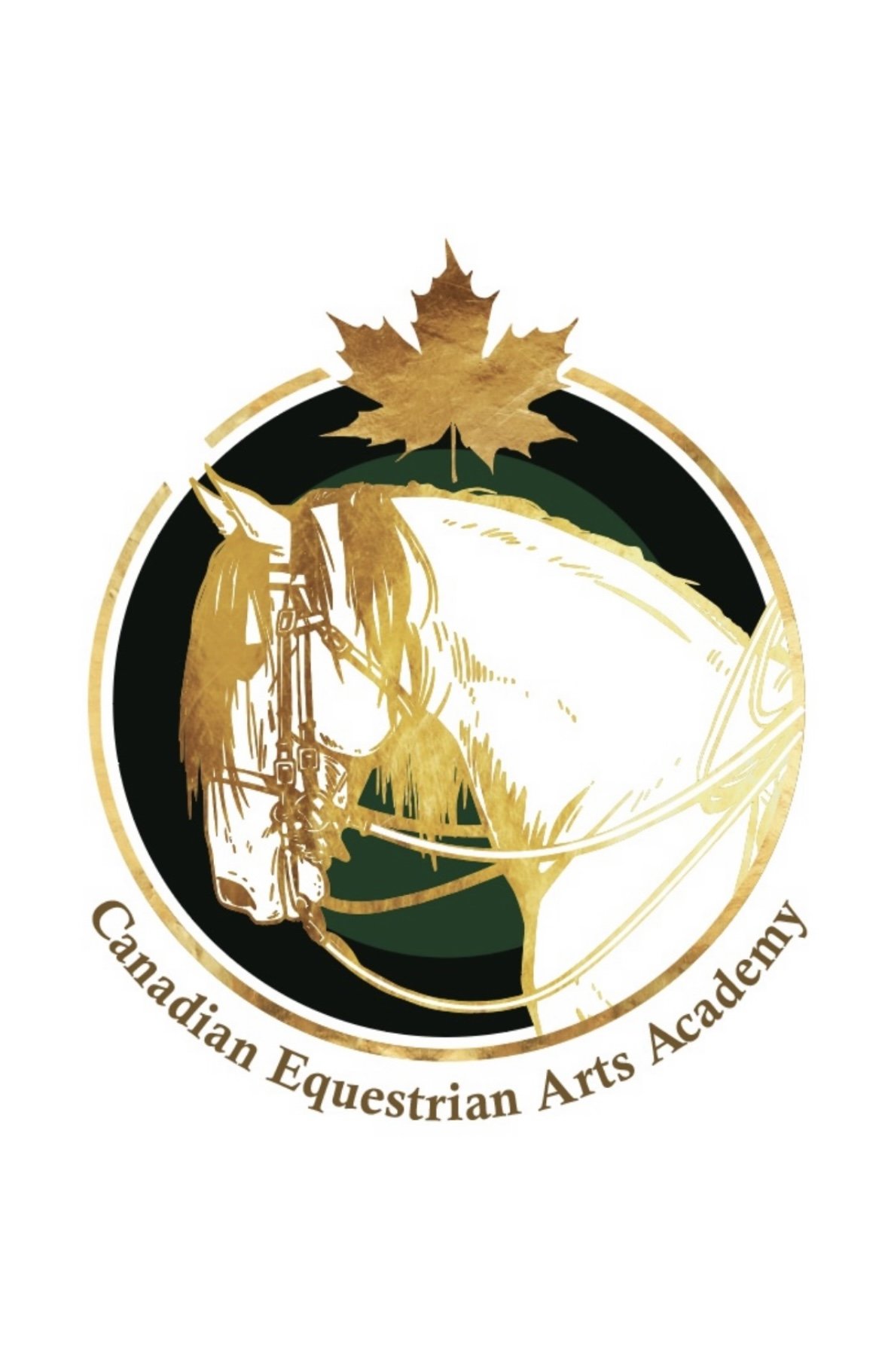Intention with you horse
I was asked to explain what intention means when you are working with your horse. In my experience the idea that body language is the quietest form of communication with the horse is just the tip of the iceberg. The level of communication goes deeper. Intention is using a quiet mind to send pictures and feelings to the horse, such as the direction you would like to go, keeping the rhythm of the gait or asking them to use a hind leg a little more. It seems crazy until you feel the power of it, and how to the horse it is the difference between being heard and understanding, and not.
Intention in simplistic Oxford Dictionary terms is an aim or a plan. The strongest intention will always win, by aligning your intention with the horse, or the horse with you, it is a guarantee for something magical.
Negative Internal dialogue, emotional distress, and physical limitations will counter against intention. For example, if you have had a really bad day and you are not in a good head space the horse might be reactive. Anger and lack of self confidence tend to make communication difficult as well, and if your body is misaligned; this will also make connecting to the horse harder.
I’m sure you have seen someone work with a horse in anger before, have you ever noticed how the horse cannot figure out what the person wants? The person gets angrier, and the horse keeps reacting but they never really get anywhere. Anger and fear force the person to get physical. The horse is unable to communicate through the human emotion. Think in terms of vibrational frequency - (frequency being the key word here!) if the human is angry and on a low vibrational frequency, and the horse is living their life on a middle range frequency (they do have an angry human in their life after all…) the communication would be like the human on an AM frequency and the horse on FM. They are not going to hear one another. Ever.
As a comparison, let’s say you are trying really hard but are quite new to this idea. Your pictures are not very strong and you don’t quite know what you are looking for. You also think it’s a little crazy and don’t really believe a horse can interpret mental pictures and intention. You and your horse have a good connection, but it is still missing something. This would be more like you both having walkie talkies, but not knowing which frequency the horse is on so you are moving the dial around, once in awhile you and the horse will line up and you’ll catch a glimpse of the conversation.
This is the starting point. Those little glimpses build the humans belief and trust that the horse can hear them, and vice versa. It will progress to being on a frequency that is close, but maybe really quiet, to sometimes jumping around, loud and clear to dead silence. Eventually you’ll have a clear signal, and then the glimpses become those moments when both of your intentions align. You are no longer talking over walkie talkies, you are one and the same mind broadcasting from the same location. That is going a bit deeper.
Compassion, love, courage and trust are all higher vibrational frequencies. This is where you will be able to tune in with the horse. This is the only place they can truly hear you. They may react to anger, fear and physical force but it will always lack any true form of connection.
The best way to develop intention is through practice. Learning what to look for and building pictures helps. Quieting your mind of external interruptions and internal dialogues helps. Being aware and working on alignment in your body helps. I find the thing that the horse responds to most is us being clear and consistent. Horses appreciate routines and predictability. I often think we are overstimulating our horses, and mistaking overstimulation for signs of boredom. Your horse is stimulated by growing grass and birds. Anything you do with them should be exciting and fun, but can turn into overstimulation if it is not predictable. This is where intention becomes a super power. You offer the same conversation, but it is ever expanding. It starts with direction and rhythm and evolves into activating a particular muscle.
As a conclusion I give you an example that Kim shared that has nothing to do with horses. She had a cow lose a calf, she found a calf for the cow, but she didn’t take to it. Kim visualized the cow licking the calf and letting it nurse, the following day the cow accepted the calf. Intention can be a powerful tool, not just for riding your horse. Wield it wisely.
